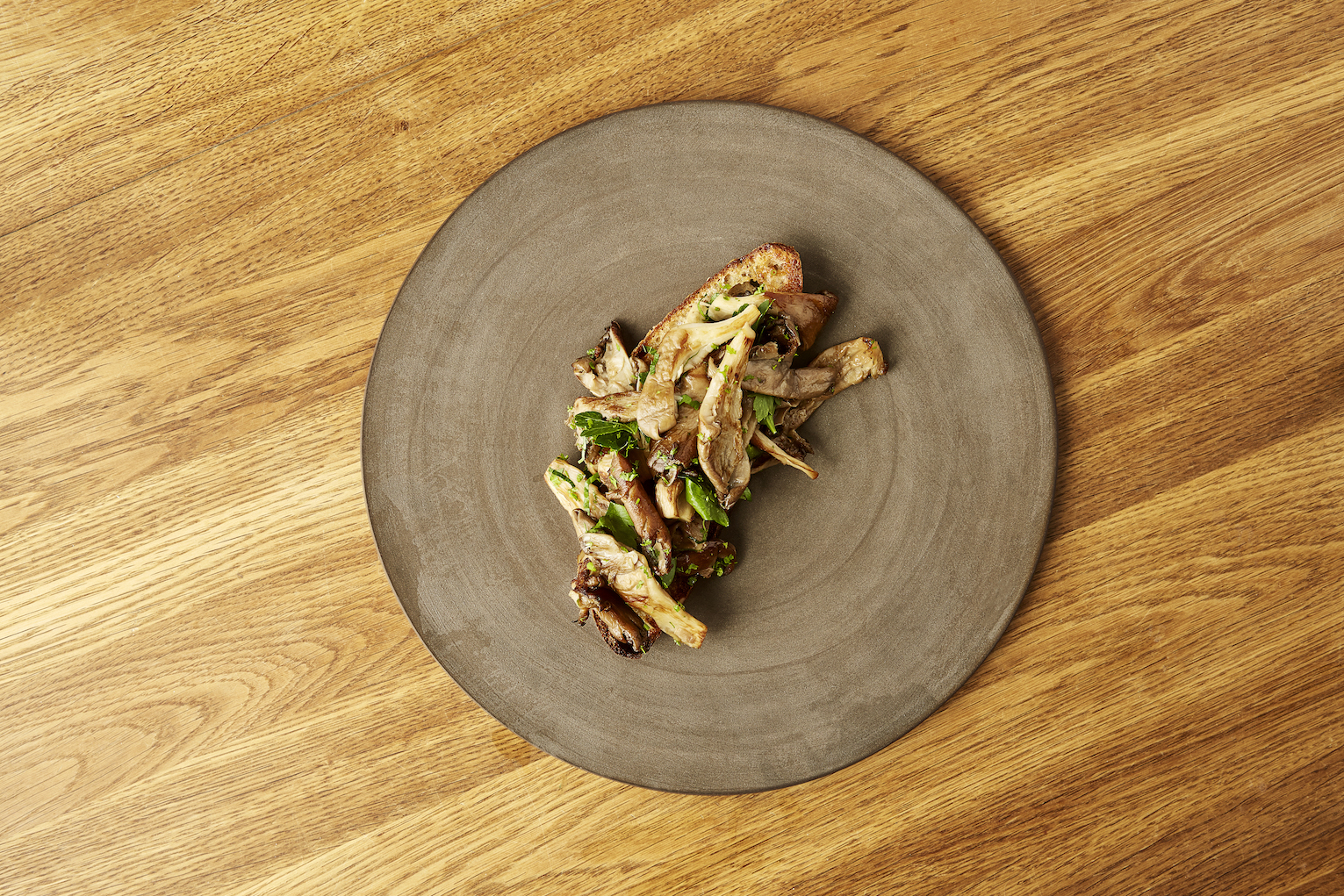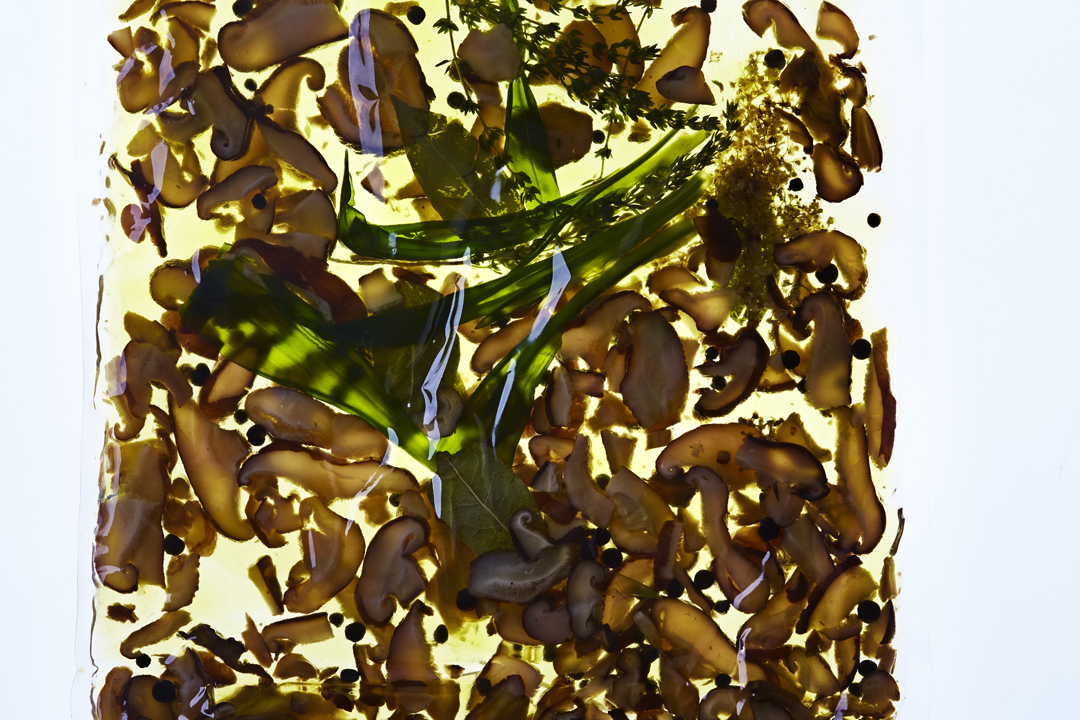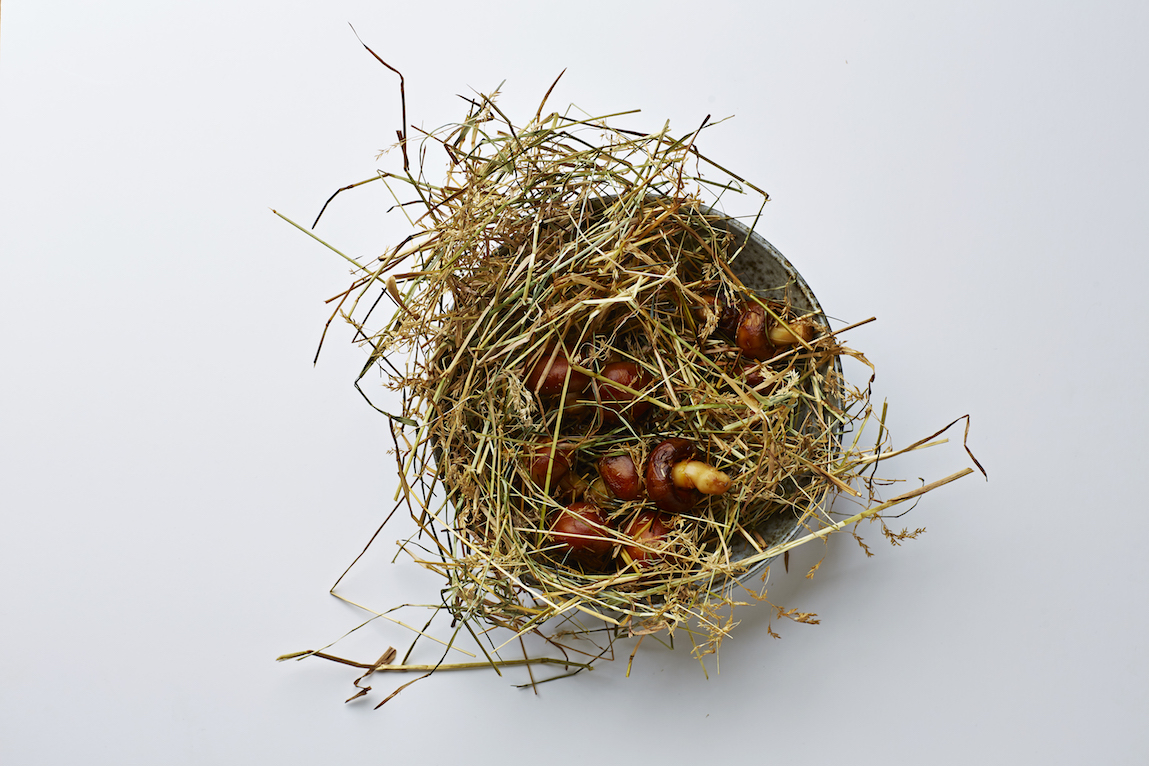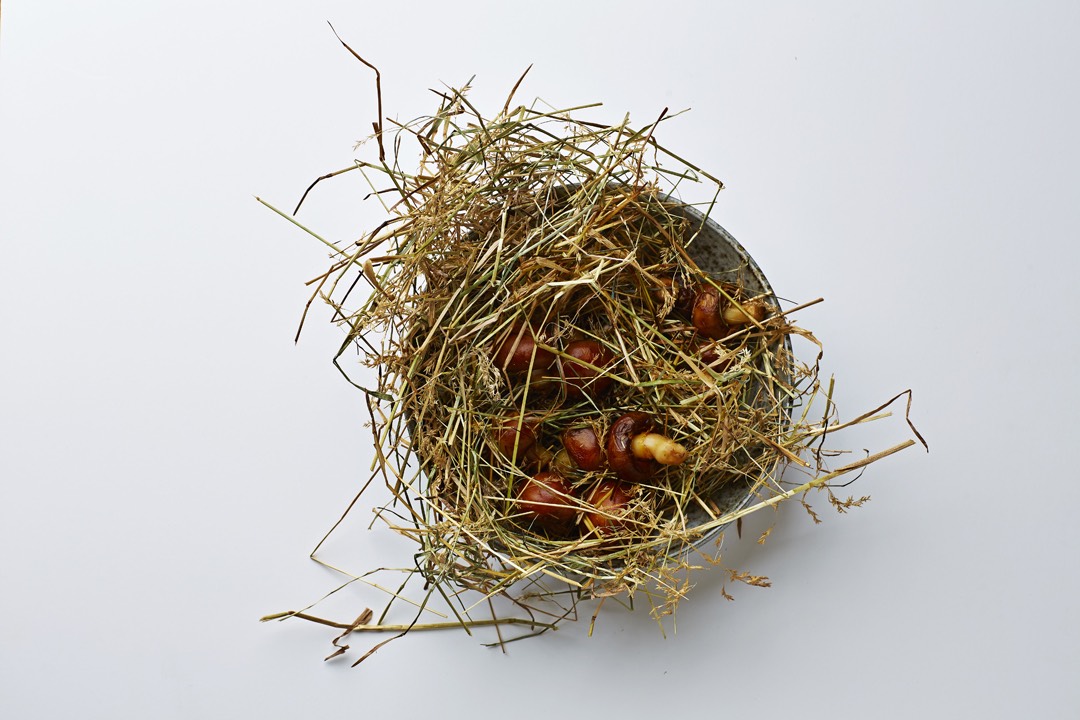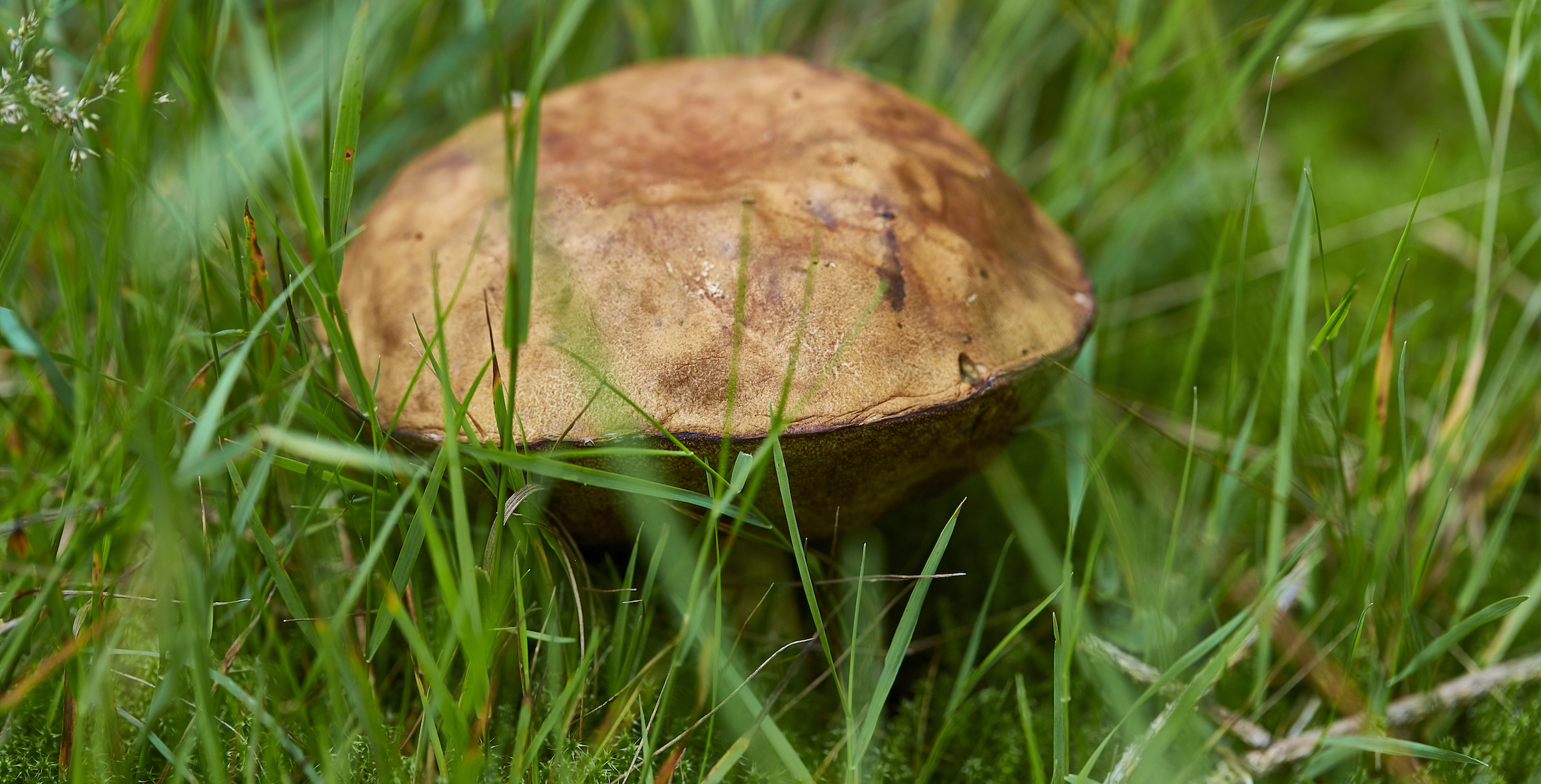
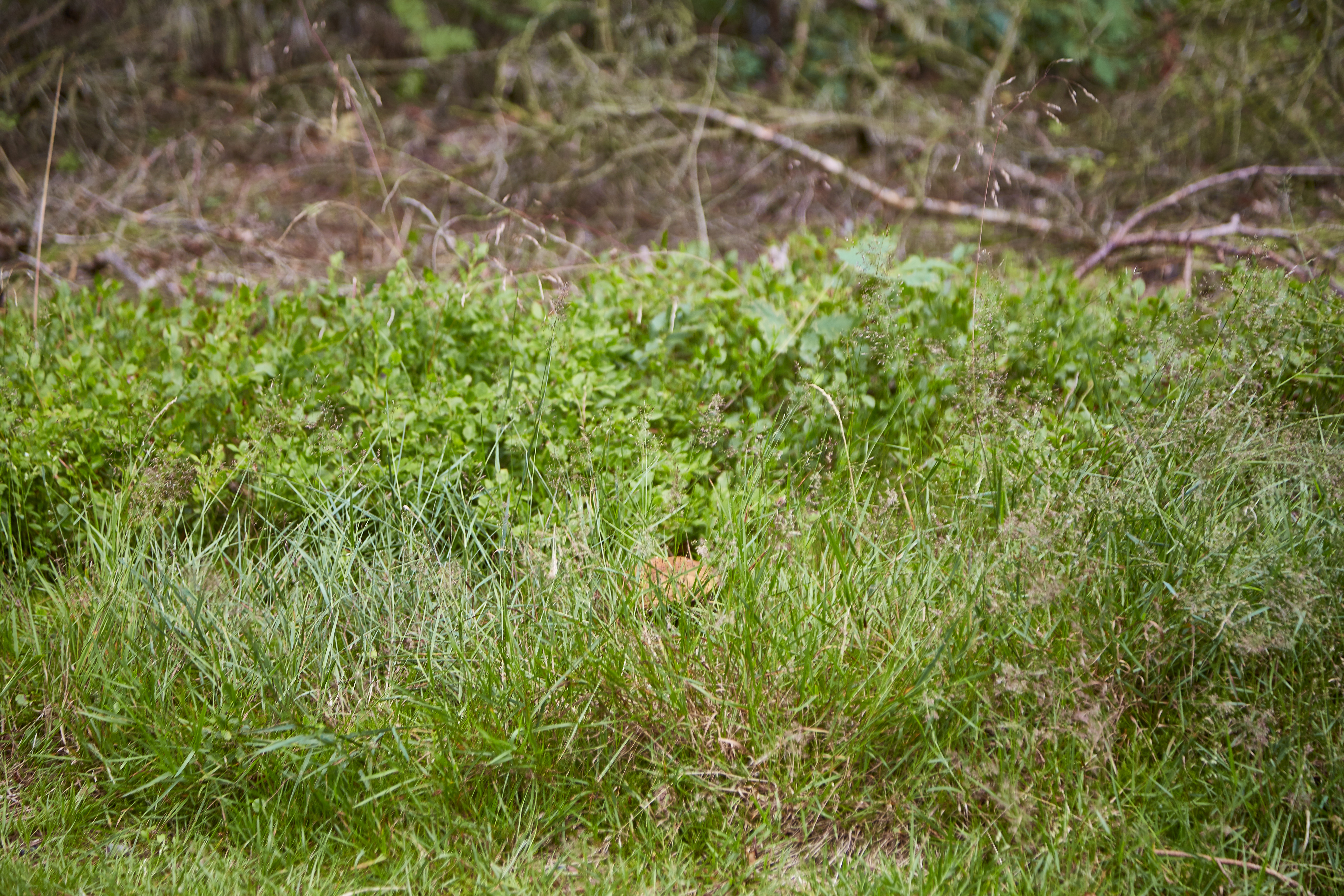
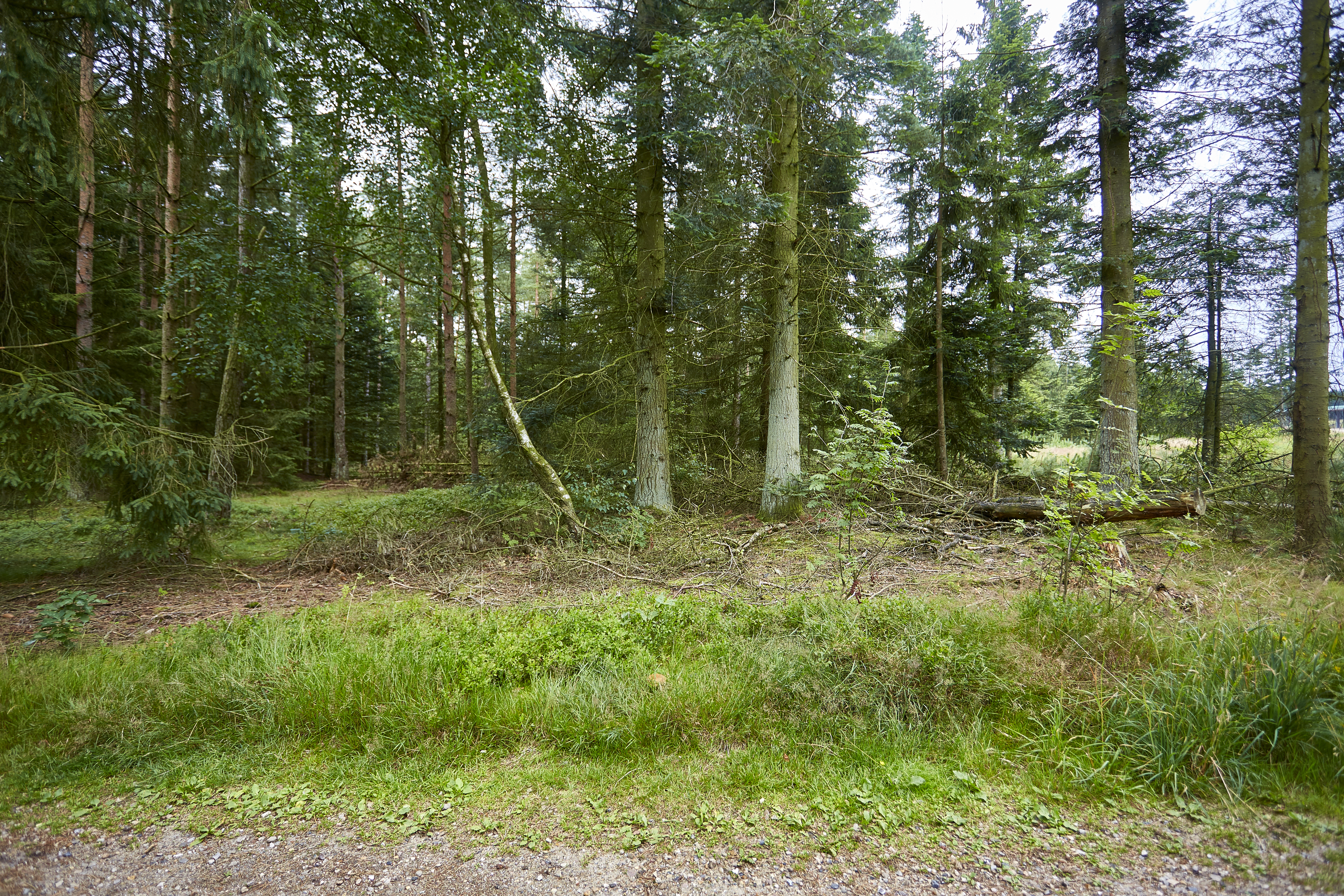
Brown birch bolete
Some boletes are linked to certain kinds of trees. Brown birch bolete is affiliated with birch trees, so find one, drop your gaze, and if you're lucky, you'll spot brown domes on the forest floor.
-
Where to Find It
As its name suggests, you'll need to look for brown birch boletes where birch trees grow—often in wetlands and plantations, or in parks, gardens, and on lawns. They grow best in places where the soil isn't too rich and fertile.
Deciduous forests, coniferous forests, towns.
-
When to Find It
Brown birch boletes pop up at the end of summer and into early fall, but sometimes they can also be found as early as June or July. A warm, wet fall will bring a great number of bolete mushrooms.
Entire mushroom: June, July, August, September, October.
-
How to Spot It
Brown birch boletes have a slightly slimy, dome-shaped cap around 15 cm in diameter that flattens with age. When young, the gray-brown cap has white pores, but these come to match the surface color as the mushroom ages. The stem grows to a height of 8-15 cm and becomes one to three cm thick, generally tapering at the top. Its pale background is almost completely covered in gray, brown, or black scales. Its flesh is white and doesn't change color when you cut into the mushroom.
-
How to Pick It
Cut off the mushroom one centimeter above the ground and dust off the dirt with a small brush. You can also remove some of the dirt by slicing off the bottom of the stem with a knife. Snails and worms really like brown birch boletes, so check where you cut to see if the mushroom was attacked by vermin or if the flesh is even. Generally, worms attack only the stem and middle part of the cap.
Risk of misidentifying the plant
There is no risk of mistaking the plant for another dangerous or undesirable plant. Brown birch boletes can be mistaken for many other types of boletes, but they can be recognized by their habitat under birch trees, their grayish-brown caps, and a flesh that keeps its white color even when the mushrooms are cut.


